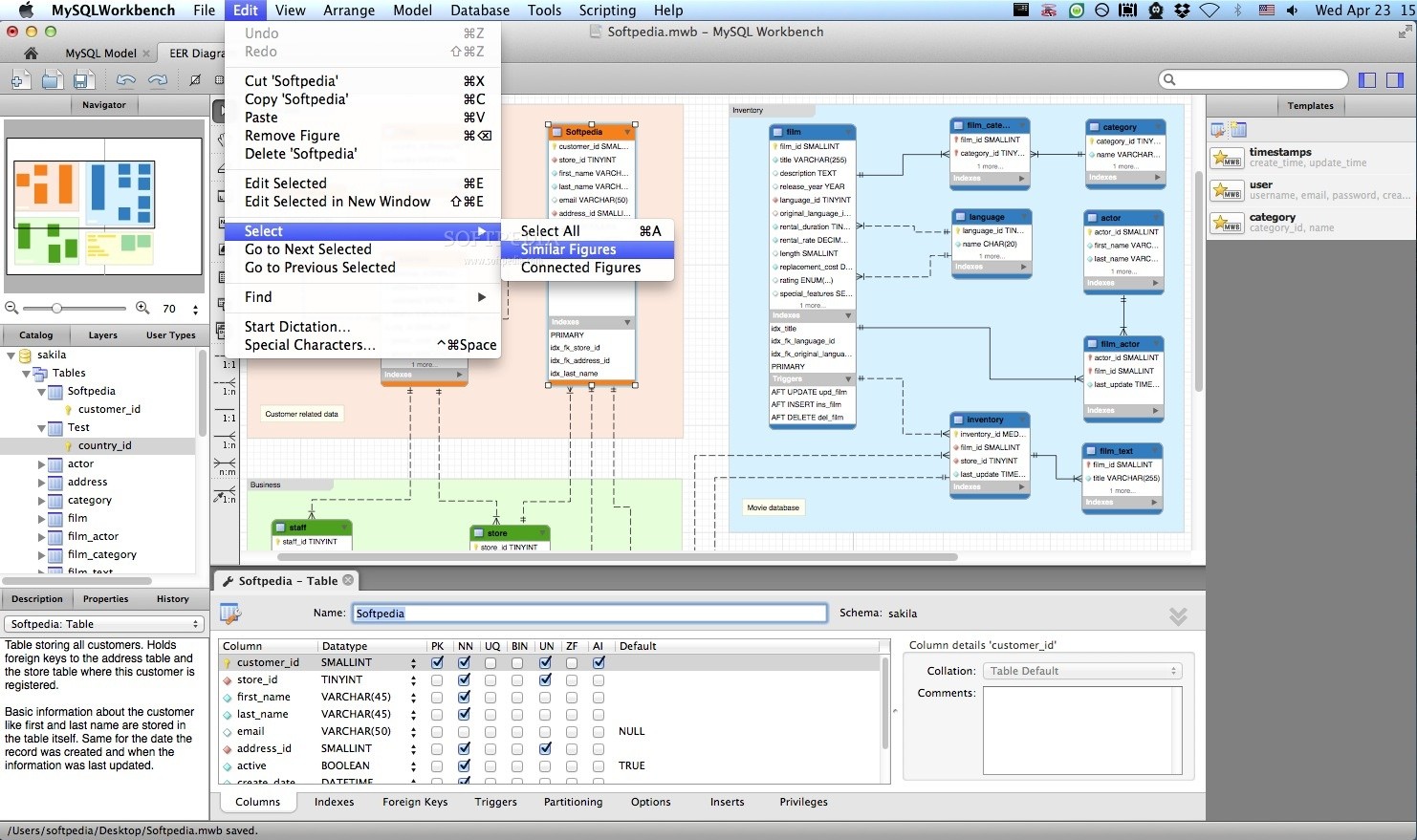Sega’s gaming legacy extends far beyond the Genesis and Dreamcast, encompassing fascinating prototypes and experimental hardware that never reached consumers’ hands. 🎮
The Hidden Chapters of Sega’s Hardware Evolution
When gamers think of Sega, iconic consoles like the Genesis, Saturn, and Dreamcast immediately come to mind. However, beneath the surface of this celebrated history lies a treasure trove of unreleased hardware, experimental prototypes, and ambitious projects that could have dramatically altered the gaming landscape. These lost consoles and hidden hardware pieces represent not just failed business ventures, but windows into alternative timelines where Sega’s trajectory might have taken drastically different turns.
The story of Sega’s unreleased hardware is one of innovation, market pressures, and the brutal realities of the console wars. From the late 1980s through the early 2000s, Sega’s research and development teams worked tirelessly on projects that would never see retail shelves, each representing significant investments in time, resources, and creative vision.
The Neptune: Sega’s Answer to a Problem That Never Was
Perhaps one of the most intriguing lost consoles is the Sega Neptune, a system that attempted to merge 16-bit and 32-bit gaming in a single package. Developed during the mid-1990s, the Neptune was essentially a combined Genesis and 32X unit built into one console. The device was intended to simplify the confusing add-on situation that plagued Sega’s ecosystem during that era.
The Neptune represented Sega’s attempt to streamline their product line, but market conditions and internal corporate decisions ultimately doomed the project. By the time the Neptune could have launched, the Saturn was already on the horizon, and Sega’s focus had shifted entirely to competing in the 32-bit generation. Only a handful of prototype units were ever produced, making them among the rarest pieces of Sega hardware in existence.
The cancellation of the Neptune reveals important lessons about timing in the gaming industry. The console was designed to solve a problem that existed for only a brief window—the awkward period when the 32X existed but the Saturn hadn’t yet launched. This narrow window, combined with the high costs of producing yet another SKU, made the Neptune economically unfeasible.
Project Jupiter: The Saturn’s Simpler Sibling
While the Sega Saturn became notorious for its complex dual-processor architecture, few know that Sega initially planned a much simpler console codenamed “Project Jupiter.” This alternative design would have featured a single processor and a more straightforward architecture, potentially making it easier for developers to work with and cheaper to manufacture.
Internal documents and interviews with former Sega employees reveal that Jupiter was seriously considered as Sega’s fifth-generation console. However, competitive pressures from Sony’s emerging PlayStation and concerns about being technologically outclassed led Sega to pursue the more powerful but problematic dual-CPU design that defined the Saturn.
The decision to abandon Jupiter in favor of the Saturn’s complex architecture had profound implications. While the Saturn was theoretically more powerful, its difficulty in programming became legendary among developers, contributing to its struggles against the more developer-friendly PlayStation. Had Sega pursued Jupiter instead, the entire landscape of mid-1990s gaming might have looked different.
Technical Specifications That Never Were
Based on available documentation, Project Jupiter would have featured:
- A single Hitachi SH-2 processor instead of the Saturn’s dual configuration
- Simplified 3D graphics capabilities focused on efficiency over raw power
- Lower manufacturing costs, potentially allowing for competitive pricing
- Easier development tools that might have attracted more third-party support
- Better compatibility with 2D sprite-based games, Sega’s traditional strength
The Pluto: A Satellite That Never Launched 🛰️
In 2013, the gaming community was shocked when images of a previously unknown Sega console called the “Pluto” surfaced online. This black unit, resembling a Genesis 2 model, featured built-in networking capabilities intended for online gaming and potentially even internet browsing—remarkably forward-thinking features for the mid-1990s.
Only two Pluto units are confirmed to exist, discovered by a game collector who purchased them from a former Sega employee. The console’s existence wasn’t officially acknowledged by Sega for years, adding to its mystique within the gaming community. The Pluto represents Sega’s early experimentation with online connectivity, presaging features that would later appear in the Dreamcast.
The networking hardware built into the Pluto was sophisticated for its era, including a custom chipset designed to handle dial-up modem connections. Had the Pluto been released, it would have beaten Nintendo’s considerably more primitive N64 modem and even predated widespread console online gaming by several years.
Dreamcast Successors That Lived Only in Development Labs
After the Dreamcast’s premature discontinuation in 2001, Sega internally explored several options for potential successor hardware. Though the company publicly announced its exit from console manufacturing, R&D teams briefly continued work on next-generation concepts, hoping that market conditions might change or that Sega could pivot to a hybrid hardware-software strategy.
Former Sega engineers have discussed projects codenamed “Blackbelt” and “Dural,” which were competing internal proposals for what would eventually become the Dreamcast. However, lesser-known are the post-Dreamcast concepts that emerged in the chaotic period between 2000 and 2002, when Sega’s future remained uncertain.
The Unrealized Xbox Partnership
Documents and industry reports from the early 2000s reveal that Sega seriously considered deeper collaboration with Microsoft beyond simply developing games for the Xbox. One proposal involved Sega creating custom Xbox hardware variants with integrated Dreamcast backward compatibility, effectively creating a bridge between the two platforms.
This partnership never materialized in hardware form, but it demonstrates how close Sega came to remaining in the hardware business through strategic alliances. The technical challenges of emulating Dreamcast’s unique PowerVR graphics architecture on Xbox’s NVIDIA hardware proved too significant, and the business case became weaker as Dreamcast’s market presence faded.
Arcade Hardware That Shaped Console Development
Sega’s arcade division developed numerous proprietary hardware platforms that influenced or directly became consumer products. Understanding these arcade boards provides crucial context for Sega’s console history and reveals technology that sometimes predated home releases by years.
The Model 1, Model 2, and Model 3 arcade boards represented cutting-edge 3D graphics technology throughout the 1990s. Games like Virtua Fighter, Daytona USA, and Virtua Fighter 3 showcased capabilities that home consoles couldn’t match. Sega continuously explored ways to bring this arcade technology home, with varying degrees of success.
| Arcade Board | Release Year | Notable Games | Home Adaptation |
|---|---|---|---|
| System 16 | 1985 | Altered Beast, Golden Axe | Genesis capabilities based on this tech |
| Model 1 | 1992 | Virtua Fighter, Virtua Racing | Influenced Saturn development |
| Model 2 | 1993 | Daytona USA, Virtua Cop | Exceeded Saturn capabilities |
| NAOMI | 1998 | Crazy Taxi, Marvel vs. Capcom 2 | Shared architecture with Dreamcast |
The Add-On Arms Race and Forgotten Peripherals
Beyond complete consoles, Sega developed numerous add-ons and peripherals that either never launched or saw extremely limited release. These devices often pushed technological boundaries but suffered from poor market timing or insufficient software support.
The Mega Modem, released only in Japan and Brazil, provided online gaming capabilities for the Genesis. This device allowed players to download games, access exclusive content, and even engage in online banking services through the Sega Game Toshokan network. While innovative, the service never achieved critical mass and was discontinued after a few years.
The Activator: Motion Control Before Its Time
Released in 1993, the Activator was an octagonal motion-sensing controller that allowed players to control Genesis games through body movements. This ambitious peripheral predated mainstream motion gaming by over a decade but suffered from poor accuracy and limited software support.
Though technically released rather than being truly “lost,” the Activator represents Sega’s willingness to experiment with unconventional input methods. The device’s commercial failure didn’t stop Sega from continuing to innovate with peripherals, eventually leading to more successful experiments like the Dreamcast’s VMU (Visual Memory Unit).
Regional Exclusives and Limited Distribution Hardware
Some Sega hardware did reach consumers but remained confined to specific markets, making them virtually unknown to most gamers. The Sega Pico, an educational console for young children, saw significant success in Japan but limited exposure elsewhere. Similarly, the Advanced Pico Beena, its successor, never left Japan despite its technological sophistication.
The Mega Jet, a portable Genesis variant designed for use on Japan Airlines flights, represents one of the strangest pieces of official Sega hardware. This handheld system could play standard Genesis cartridges but was initially only available through the airline before receiving a limited retail release in Japan.
Prototypes Preserved: How Collectors Guard Gaming History
The preservation of unreleased and rare Sega hardware falls largely to dedicated collectors and gaming historians. Organizations like the Video Game History Foundation work to document and preserve prototype hardware before it disappears forever. Private collectors have rescued numerous significant pieces from disposal or obscurity.
Prototype hardware presents unique preservation challenges. Unlike retail products, these items often lack documentation, may be unstable or non-functional, and exist in extremely limited quantities. The discovery of each new prototype or previously unknown hardware variant helps gaming historians piece together a more complete picture of Sega’s development processes and abandoned projects.
Digital Preservation Efforts
Modern preservation efforts increasingly focus on digital documentation. High-resolution photography, 3D scanning, and detailed technical analysis help ensure that even if physical hardware is lost, comprehensive records remain. Enthusiasts have reverse-engineered schematics for rare Sega hardware, enabling potential reproduction and study.
Why These Lost Consoles Still Matter Today
Examining Sega’s unreleased and obscure hardware isn’t merely an exercise in nostalgia. These abandoned projects offer valuable insights into gaming industry dynamics, technological development, and the business decisions that shape console generations. They remind us that for every successful product, numerous alternatives were considered and rejected.
The lost consoles also highlight how different gaming history could have been. A successful Neptune might have extended the Genesis era and delayed 32-bit adoption. A simpler Project Jupiter architecture could have made the Saturn competitive with PlayStation. The Pluto’s networking features might have established online gaming standards years earlier than actually occurred.
For contemporary hardware developers, Sega’s experimental history provides cautionary tales and inspiration in equal measure. The willingness to innovate led to both failures and the groundbreaking features that defined the Dreamcast. Understanding why certain projects failed helps modern companies avoid similar pitfalls.
Lessons From Hardware That Time Forgot ⏰
Sega’s lost consoles teach us several enduring lessons about the gaming industry. First, technological ambition must be balanced with practical considerations like manufacturing costs, developer support, and market timing. The Saturn’s complex architecture and the 32X’s awkward positioning demonstrate how impressive hardware specs alone cannot guarantee success.
Second, these abandoned projects show the importance of clear product strategies. Sega’s mid-1990s lineup confused consumers with overlapping products serving similar purposes. The Neptune attempted to address this confusion but was itself a reaction to poor strategic planning that created the problem initially.
Finally, Sega’s experimental hardware reveals how corporate structure influences product development. Internal competition between Sega of Japan and Sega of America led to duplicated efforts and conflicting visions, resulting in wasted resources on projects that never cohered into unified strategies.
Where These Rarities Surface Today
For collectors and enthusiasts hoping to see these rare pieces of gaming history, opportunities exist through specialized gaming museums, occasional public exhibitions, and online documentation. The National Videogame Museum in the UK and the Museum of Play in New York have featured Sega prototypes in their collections. Gaming conventions sometimes host displays of rare hardware when collectors are willing to transport these fragile pieces.
Online communities dedicated to gaming history maintain databases, photographs, and technical specifications for rare Sega hardware. Forums and social media groups connect people who own unusual pieces with researchers documenting gaming history. These digital spaces have become crucial for preserving knowledge about hardware that exists in quantities too small for traditional museum preservation.
The Enduring Legacy of Roads Not Taken
Sega’s lost consoles and hidden hardware represent more than commercial failures or might-have-beens. They embody the creative risks and bold experimentation that defined Sega during its hardware era. While these projects never reached consumers, they influenced subsequent developments and demonstrated technological possibilities that would later become standard features.
The Dreamcast, Sega’s final console, incorporated lessons learned from earlier experiments. Its built-in modem realized the vision sketched in the Pluto prototype. Its developer-friendly architecture acknowledged the mistakes that plagued the Saturn. Even in discontinuing hardware production, Sega drew on experiences from projects that never launched to inform their transition to third-party development.
Today’s gaming landscape, with its emphasis on online connectivity, digital distribution, and powerful yet accessible hardware, reflects ideas that Sega explored through these lost prototypes. The company’s willingness to experiment, even when experiments failed, pushed the industry forward and created the groundwork for features modern gamers take for granted.
Understanding this hidden history enriches our appreciation for gaming’s evolution and reminds us that innovation requires accepting failure. For every successful console generation, countless alternatives were considered, prototyped, and ultimately abandoned. These lost roads make the paths actually taken more meaningful and help us understand why gaming history unfolded as it did rather than in countless other possible ways.
Toni Santos is a visual historian and creative artisan whose work channels the bold spirit of the steam-powered era—a time when imagination, mechanics, and ambition converged to reshape the modern world. Through richly detailed visual narratives and handcrafted design, Toni celebrates the legacy of steam innovation as both an artistic and technological revolution.
Driven by a passion for mechanical aesthetics, forgotten inventions, and industrial-age ingenuity, Toni reimagines the world of steam through illustrations, tactile artifacts, and storytelling that capture the poetry of pressure, motion, and invention. From piston-driven engines to brass-detailed diagrams, each piece reveals how steam wasn’t just power—it was promise.
With a background in visual design and historical research, Toni brings a craftsman’s eye and a dreamer’s heart to the stories of tinkerers, inventors, and visionaries who shaped the 19th century. His work doesn’t merely document machines—it honors the culture, courage, and creativity that drove a world to reimagine itself through gears, valves, and vapor.
As the creative voice behind Vizovex, Toni shares curated articles, reconstructed blueprints, and visual interpretations that bring this industrial past to life. His collections serve as a tribute to:
The elegance of steam-era design and innovation
The human stories behind great mechanical feats
The aesthetic beauty found in function and form
The echo of invention in today’s creative world
Whether you’re a history lover, a fan of steampunk, or an admirer of antique technology, Toni welcomes you into a world where art and machinery fuse, one cog, one drawing, one rediscovered marvel at a time.





